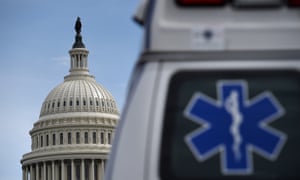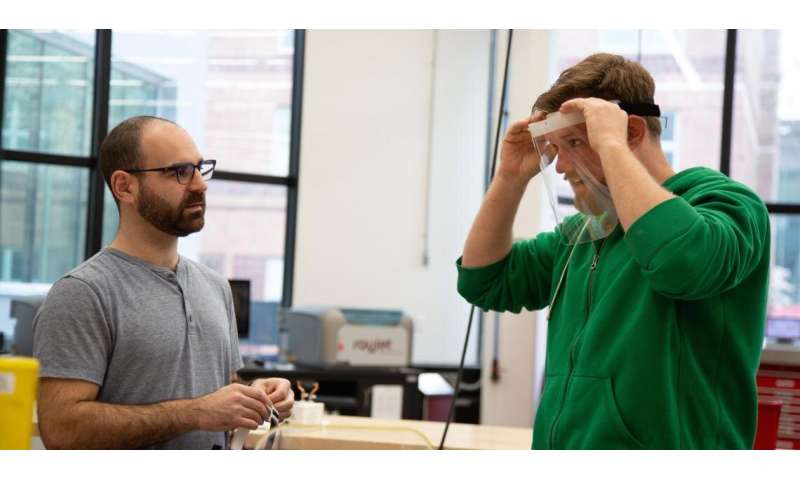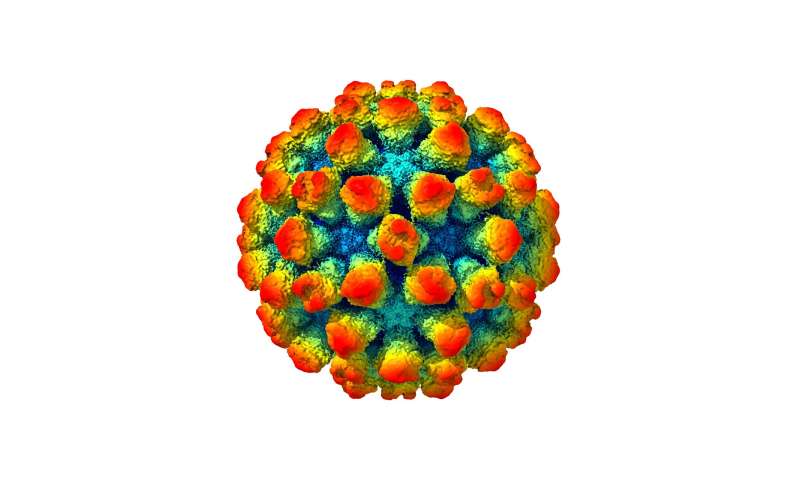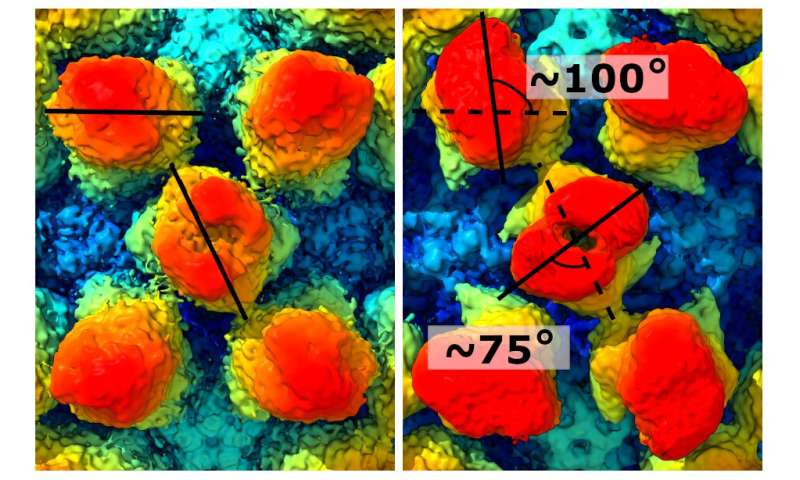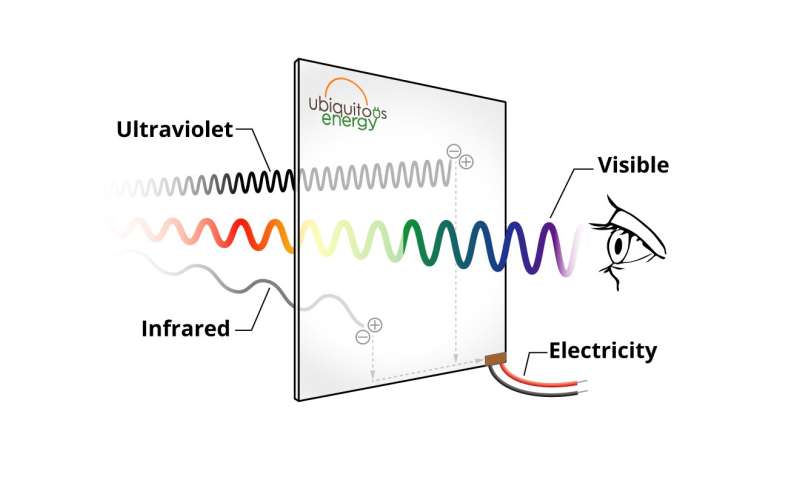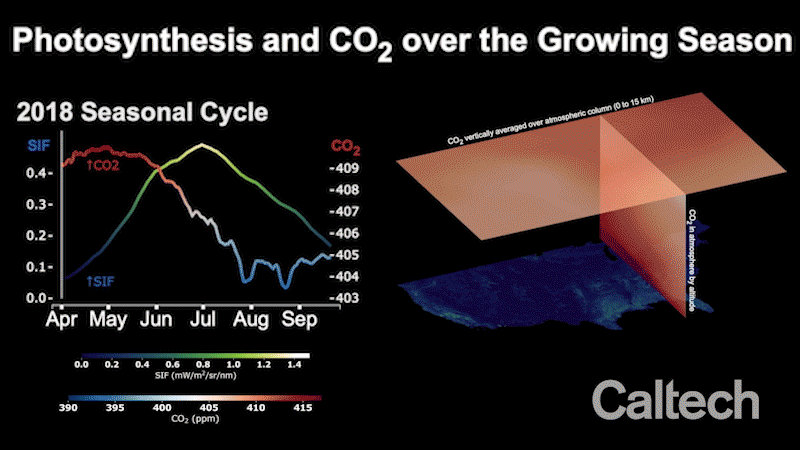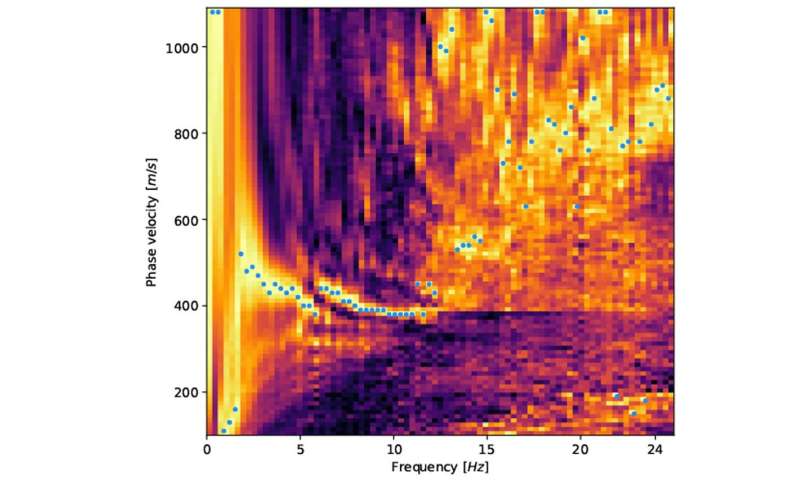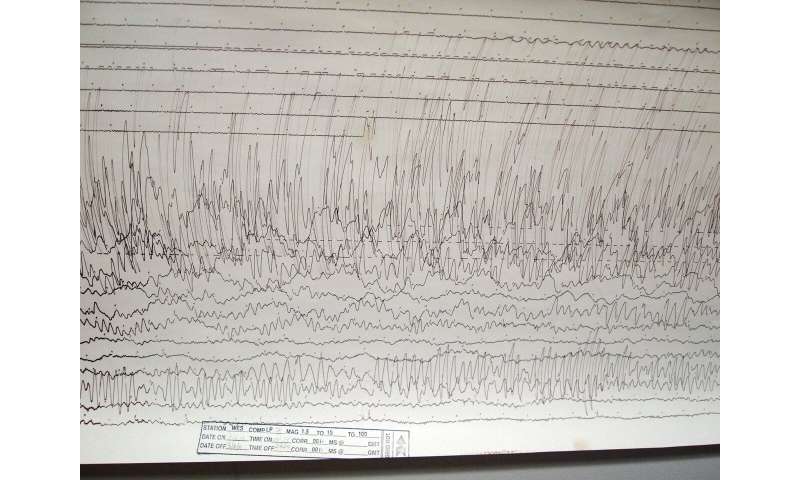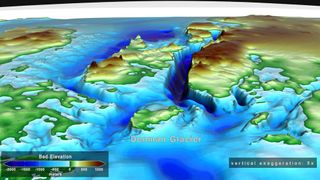Movie Theaters and Concerts Could See Major Attendance Drop Post-Pandemic (Study)

After a month of increasing anxiety and self-isolation due to the coronavirus pandemic, audiences in the U.S. are largely not eager to return to public events once the crisis subsides, according to a new study.
In a survey of 1,000 consumers in the U.S., 44% of respondents said they would attend fewer large public events, even once they are cleared by the CDC, with 38% saying they’d attend about the same number, and 18% saying they’d attend more. And 47% agreed that the idea of going to a major public event “will scare me for a long time.”
The study was published by Performance Research, a sports and events research firm, in partnership with Full Circle Research Co.
The news for movie theaters was particularly grim, with 49% of respondents saying it would take a few months to never for them to return, and 28% saying that they will attend movie theaters less often once they’re safe. While 15% of respondents said they plan on going to the movies more often post-pandemic (and 58% said their attendance won’t change), the net effect suggests an alarming erosion of theatrical returns that theater exhibitors and studios alike can ill afford.
Major indoor concert venues, indoor sports venues, and — of significant interest to the Walt Disney Company — theme parks appear to be the hardest hit by the pandemic, with 56%, 51% and 50% of respondents respectively saying it would take anywhere from a few months to possibly never for them to return, even after they’ve been deemed safe. A third of respondents further said they plan to attend indoor sports venues and indoor concert venues less often after the COVID-19 epidemic has subsided.
Outdoor parks and beaches, outdoor sports venues, and zoos and aquariums appear to be the least affected, with 64%, 56%, and 55% of respondents respectively saying they would return right away or within a few weeks.
Even for those who do say they will return to public venues, however, the possibility of catching a pathogen will be front of mind: Two-thirds of respondents said their concern over the cleanliness and sanitation of venues and restrooms will be higher than prior to the pandemic; 65% stated concern for the cleanliness of food service areas; and 59% said they will be concerned about crowds and their general proximity to strangers.
The news isn’t entirely bad, however: 46% said they will value going to public events more than they did before, and 53% reported a “pent-up desire to attend the events I love” once the pandemic is over.
A vast majority of respondents — 66% — said the decision by major sports organizations to suspend public events was “about right.”
The study, which has a margin of error of 3%, drew from consumers in Full Circle’s research panel, who were surveyed between March 23 to 26 — when the number of confirmed COVID-19 cases in the U.S. nearly doubled from 43,667 to 83,836. The number of confirmed U.S. cases currently stands at over 184,000, as of Tuesday afternoon.
Todd Spangler contributed to this report.
